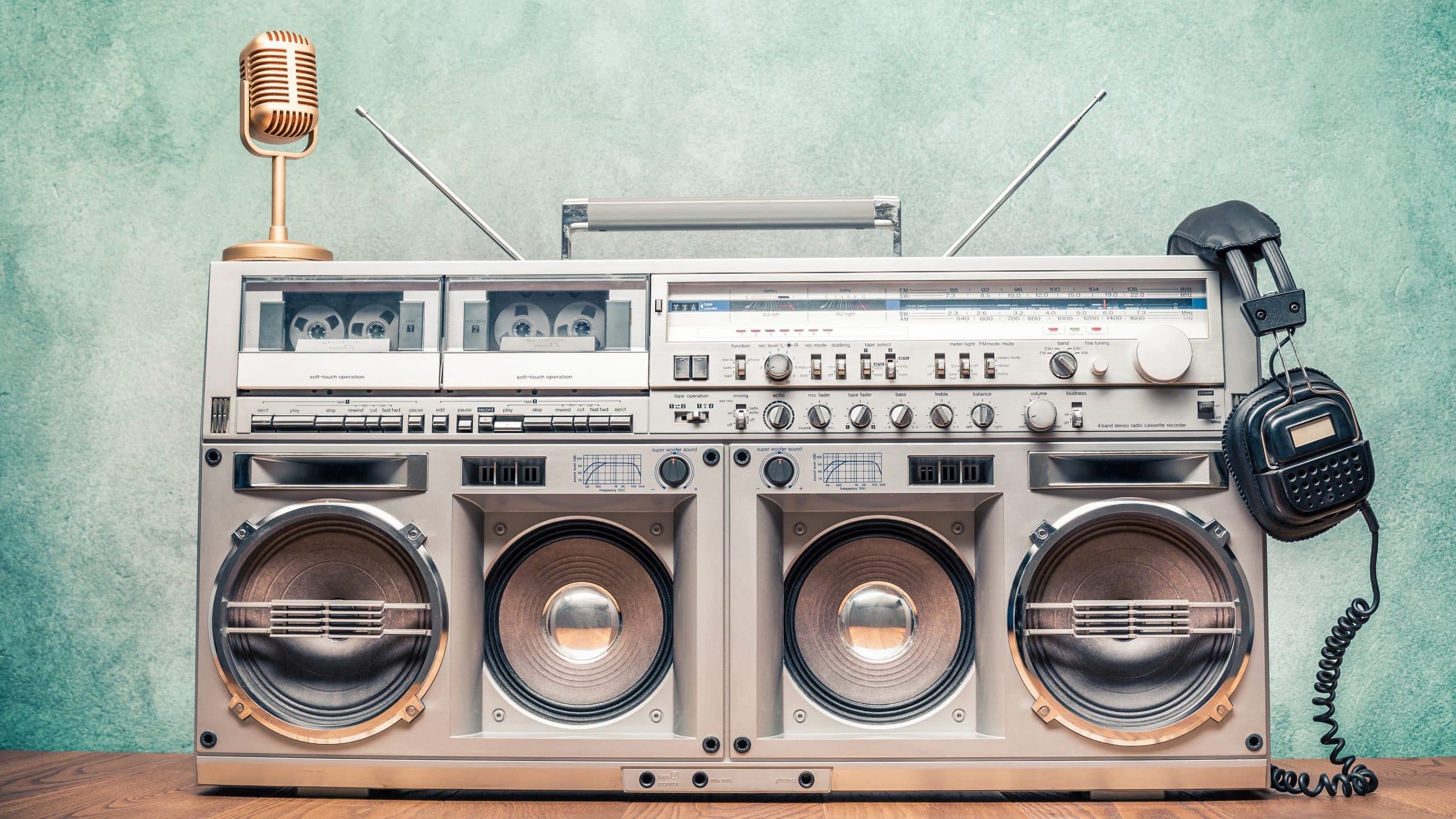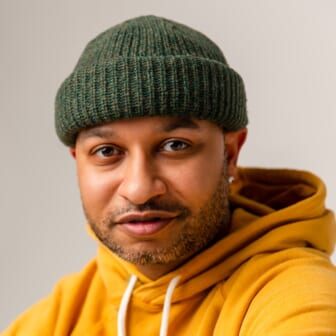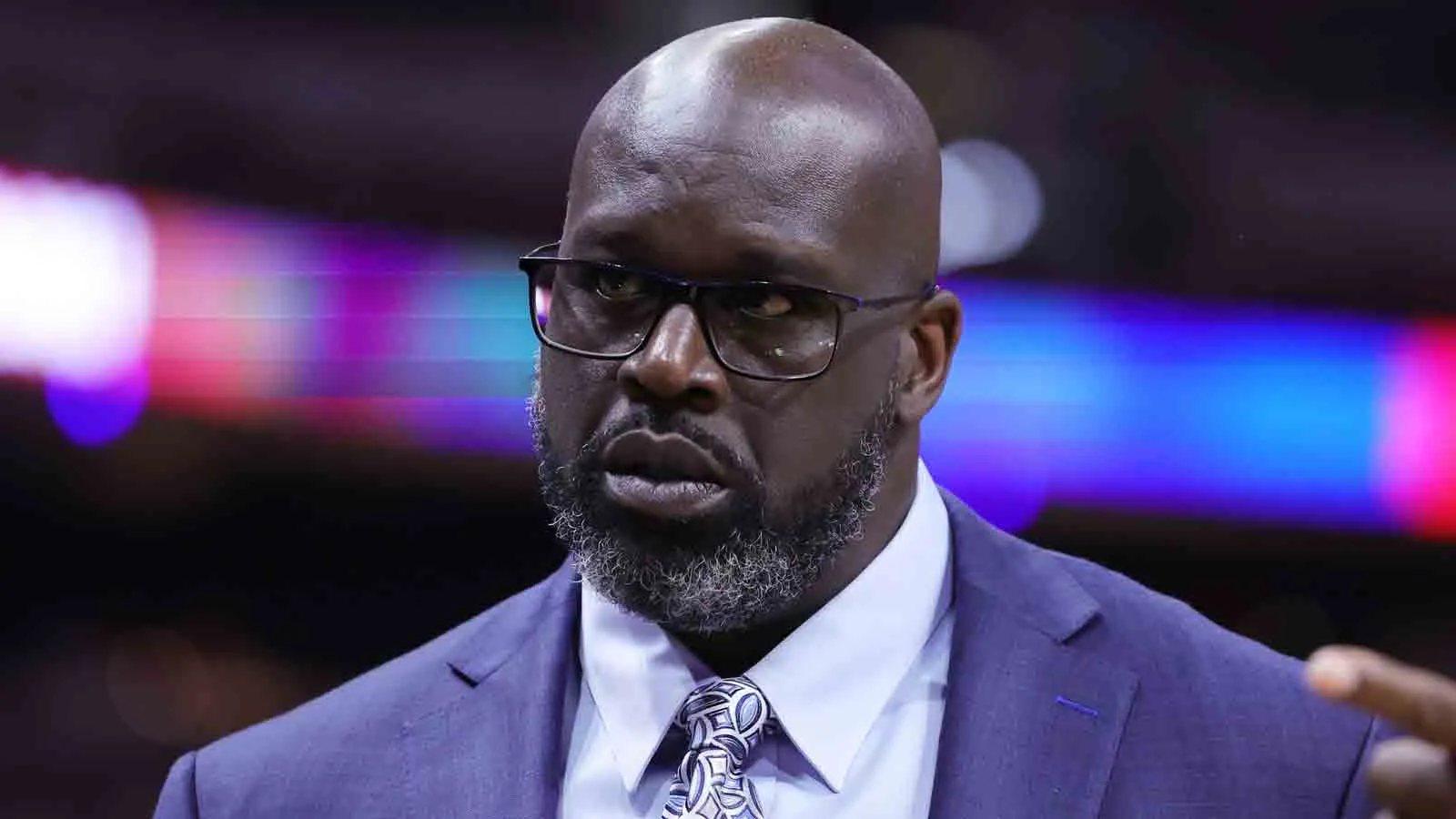93 ‘til Infinity: A Black Music Month series revisiting the (mostly hip-hop) music of 1993
OPINION: 1993 was a pivotal year for my music and hip-hop journey; it also happened to be the year several pivotal, landmark albums and songs were released. The post 93 ‘til Infinity: A Black Music Month series revisiting the (mostly hip-hop) music of 1993 appeared first on TheGrio.

OPINION: 1993 was a pivotal year for my music and hip-hop journey; it also happened to be the year several pivotal, landmark albums and songs were released.
Editor’s note: The following article is an op-ed, and the views expressed are the author’s own. Read more opinions on theGrio.
When I take a look back at the most important years of my musical education, 1993 is the year that looms largest. This is for many reasons, but none more important than this one: 1993 is the year my family moved from Frankfurt, Germany, to Madison, Ala., or more importantly, back to “the States,” as military brats referred to the United States of America.
Growing up overseas, especially in the ’80s and ’90s, meant getting music, television and movies — pop culture, essentially — late. Most of us relied heavily on our family members in whatever part of the country we hailed from to send us music and VHS tapes to keep us as up-to-date as possible. In my home, my mother (who lived in Michigan) would send me and my siblings VHS tapes full of episodes of the latest television shows like “Martin,” “Living Single” and “Beverly Hills, 9021,” among others. VHS tapes with episodes of “Rap City” were highly coveted. Back then, cable television wasn’t a thing for military families. We had one English-language, U.S. government-run television station — the Armed Forces Network (AFN). Most of us kids were sent back to the States for the summer breaks, and we’d all consume as much culture as possible to bring back to the new school year. But by that school year’s end, most of us were behind on the fast-paced movement of American pop culture.
All of this is important because I was a huge music fan as a kid, but living in Germany meant I relied on the barrage of mixtapes we passed around from one another with the latest music sent from America by family. I used to steal my older sister’s tapes, dub them and then return them back to her room. So while I had a constant stream of music, I didn’t actually know if what I was listening to was the latest in America or just the latest thing somebody got their hands on. And all of that changed in 1993.
My typical summers included flying to Michigan to spend a month and a half with my mother. There I’d listen to Detroit’s WJLB all day long when the signal would come through. I’d spend the remaining months of summer freedom between my grandmother’s house in Atlanta and my aunts’ and uncles’ houses in Five Points, Ala. There I had younger cousins who’d put me and all of my siblings up on game. But in 1993, instead of getting back on a plane to fly to Germany, we hopped in a car and drove from Atlanta to Madison, Ala., a suburb of Huntsville. I was already a hip-hop head at that point (or at least my version of one), but now I would be one in real time. I had just turned 14 and was building my music collection of tapes and CDs, so by the time school started for me in August 1993, I was up-to-date. I quickly gained a reputation in our new school as both a short, smart Black boy and a music head. That all coalesced when one of my new friends nicknamed me Phife (after Phife Dawg from A Tribe Called Quest) while during our Honors English class, I was apparently asleep and after repeated attempts to wake me up from across the room with my government name, he yelled “PHIFE” and I woke up and was like, “What?!” A hip-hop namesake was born; to be unique, I spelled it like Phyffe.
I was able to buy albums and keep up with music and participate in hip-hop head conversations, which were very prevalent in my north Alabama high school, about albums that just dropped and who was the best rapper on any project. In 1993, my love for music, and hip-hop in particular, happened along the same timeline as everybody else allowing me to experience shifts and movements through radio, television and car speakers when they actually happened.
1993 is a year that changed it all for me, and it just so happens that a tremendous amount of hip-hop was released that year that still matters today, in 2023. Over the course of this month, Black Music Month, I will revisit albums and songs from 1993 that impacted both my musical life as well as the pop cultural landscape. 1993 was a very good year.
So let’s talk about it because this is how we chill from 93 ‘til.

Panama Jackson is a columnist at theGrio. He writes very Black things and drinks very brown liquors, and is pretty fly for a light guy. His biggest accomplishment to date coincides with his Blackest accomplishment to date in that he received a phone call from Oprah Winfrey after she read one of his pieces (biggest), but he didn’t answer the phone because the caller ID said: “Unknown” (Blackest).
Make sure you check out the Dear Culture podcast every Thursday on theGrio’s Black Podcast Network, where I’ll be hosting some of the Blackest conversations known to humankind. You might not leave the convo with an afro, but you’ll definitely be looking for your Afro Sheen! Listen to Dear Culture on TheGrio’s app; download it here.
The post 93 ‘til Infinity: A Black Music Month series revisiting the (mostly hip-hop) music of 1993 appeared first on TheGrio.








![New Video: GloRilla – ‘Typa’ [Starring Xavier Legette]](https://150893825.v2.pressablecdn.com/wp-content/uploads/2025/06/typa-new-song-2025-video-xavier-legette-glorilla.jpg)
![Snooki Finds Out Why Her Birth Mother Put Her Up for Adoption In Emotional Jersey Shore Moment [Video]](https://www.lovebscott.com/wp-content/uploads/2025/06/8755ff56569a410a993236a6726341ac_md.jpg.webp)


